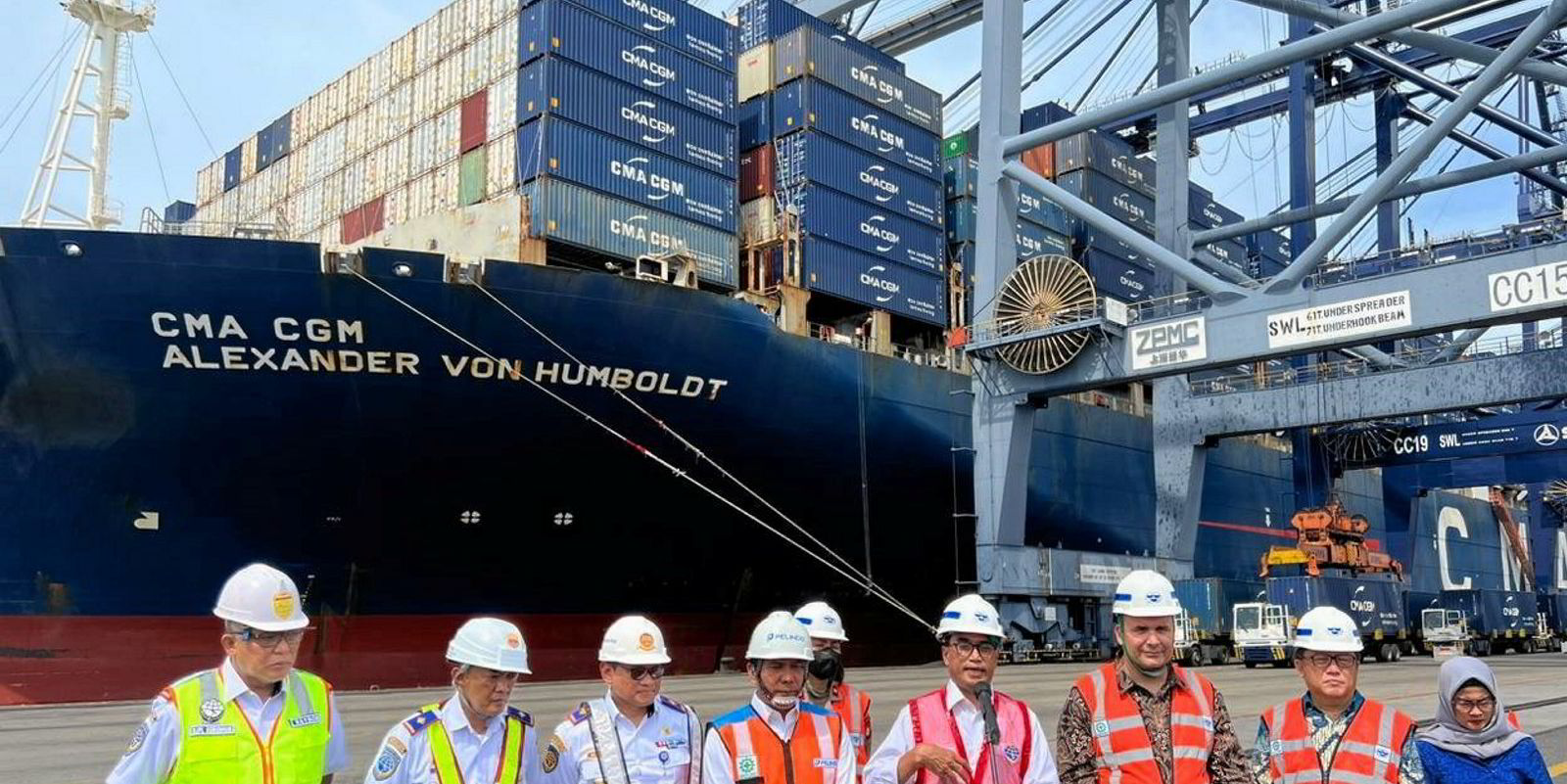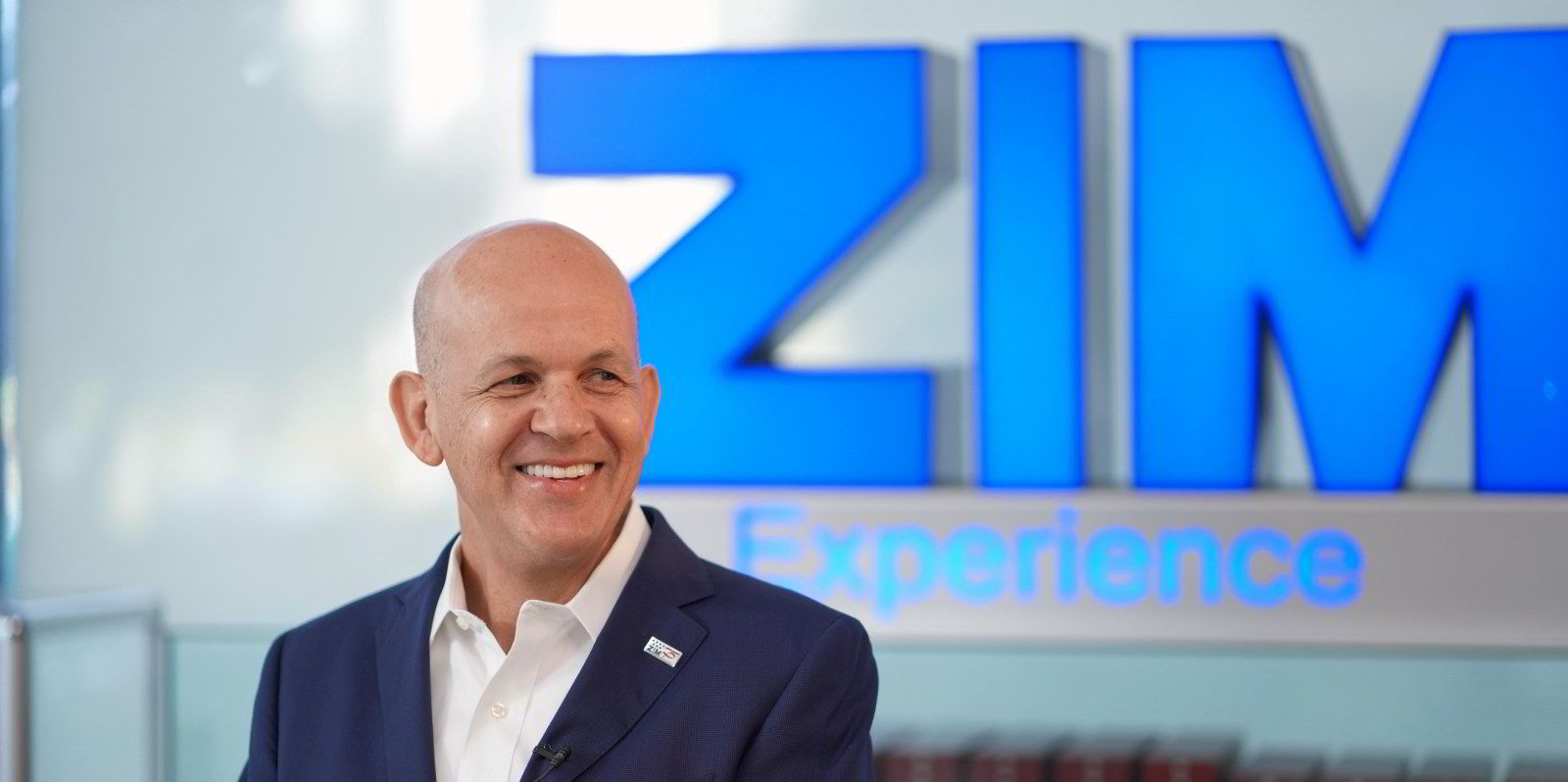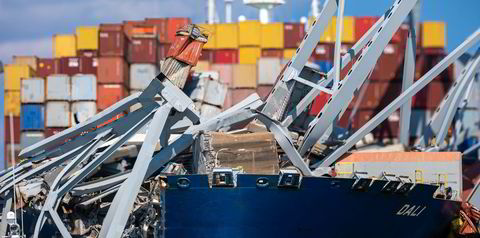Zim Integrated Shipping Lines has sharply lowered its full-year earnings guidance as the container market continues to normalise.
The New York Stock Exchange-listed company expects earnings this year to be $400m to $500m lower than earlier projected.
Revised guidance adjusted Ebitda for 2022 is $7.4bn to $7.7bn, which is down from $7.8bn and $8.2bn.
Adjusted Ebit is this year revised to $6bn to $6.4bn, down from an earlier forecast of $6.3bn and $6.7bn.
Chief executive Eli Glickman said that both results would still represent full-year records.
He singled out the normalisation of the markets as a result of macroeconomic and geopolitical uncertainties.
While profits remain incredibly strong, the Haifa-based carrier has issued a sharp drop in year-on-year profits.
Zim reported a profit of $1.16bn for the three months to the end of September.
That is sharply down on both the $1.46bn logged in the same period last year as well as the $1.34bn on the second quarter this year.
New normal
Revenues were just 3% higher than the same quarter last year at $3.23bn.
Volumes dipped 5% to 842,000 teu. Average freight rates rose 4% to $3,535 per teu in the quarter.
“The near-term outlook for container shipping has shifted and the normalisation in freight rates has begun,” Glickman said.
“The proactive steps we have taken over the past two years, combined with our balance sheet strength, have transformed Zim and significantly enhanced our resilience both commercially and operationally, to best position our company for the 'new normal.'”
Adjusted Ebitda for the third quarter was $1.93bn, a year-over-year decrease of 7%. Operating income (ebit) rose to $1.54bn, down 17% on the previous year.
Car carriers
Glickman flagged the move by the company into niche areas including car carriers and digital freight forwarding.
The company has declared a dividend of approximately $354m, or $2.95 per share, representing approximately 30% of third-quarter net income.
“As we remain committed to our global niche strategy focused on attractive trades, we have opened several new services during this time, improving our port coverage to better serve our customers and making our commercial presence more resilient and diversified,” Glickman said.
“We have identified growth engines complementary to our container shipping activities, such as our car carrier activities and digital freight forwarding subsidiary."
“We have also secured competitive and cost-effective newbuild capacity to support our commercial strategy and advance our and our customers’ ESG agenda.”







